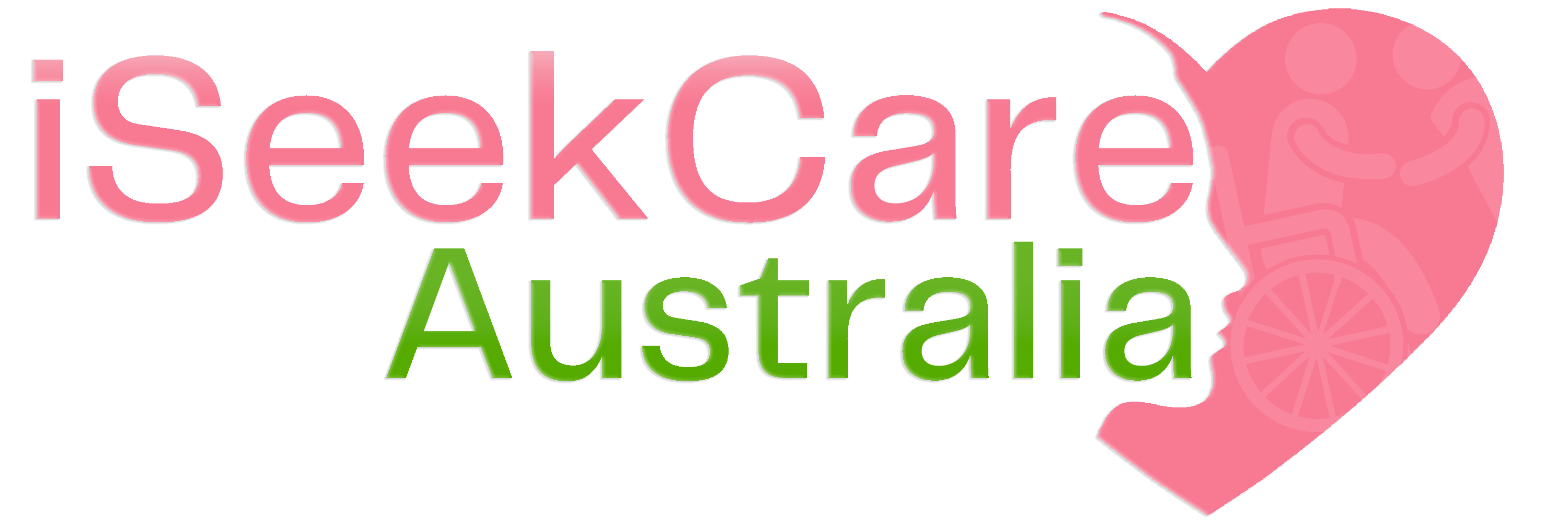Building Inclusive Classrooms: A Guide to Welcoming Students with Severe Disabilities
Inclusive classrooms are becoming more and more important as our society recognises the value of diversity. Part of being inclusive is welcoming students with severe disabilities into our schools. But it can be daunting to know where to start. In this guide, we’ll explore some tips and strategies. Also, it will help make your classroom a welcoming and inclusive space for students with severe disabilities.

1. Get to Know Your Student with disabilities:
The first step to building an inclusive classroom is to get to know your students. Then, if you have a student with severe disabilities in your class, meet with the student and their family to understand their unique needs. Similarly, ask them about their goals and any accommodations. Also, ask about modifications that might be needed to ensure their success in the classroom
2. Adapt Your Curriculum:
Once you have a good understanding of your student’s needs, you can start adapting your curriculum to meet those needs. Again, this might mean using alternative assessment methods, modifying assignments. Likewise, making sure that any materials, like textbooks, are accessible. You can also consider using assistive technology, like text-to-speech software or communication devices. Also, it will make sure that your student is able to access the curriculum.
3. Create a Supportive Environment for disabilities:
Creating a supportive environment is key to building an inclusive classroom. This includes creating a physical environment that is accessible and comfortable for your student. As well as, creating an emotional environment that is welcoming and accepting. It’s important to make sure that your student feels valued and included in classroom activities. So, involve them as much as possible in discussions and group work.
4. Encourage Peer Support:
Having peer support can be incredibly beneficial for students with severe disabilities. Furthermore, encourage your students to get to know each other and to support each other in any way they can. This might include having peer helpers who can assist with tasks or simply encouraging students to socialise together during free time. Similarly, by creating a community of support, you’ll help your student feel more included and accepted in the classroom.
5. Collaborate with Specialists for disabilities:
Finally, don’t be afraid to collaborate with specialists to support your student. This might include working with a speech therapist, physical therapist or occupational therapist. Also, this create a plan that supports your student’s goals. You can also work with a special education teacher to create an individualised education plan (IEP) that outlines your student’s specific needs and goals. Likewise, collaborating with specialists is a great way to ensure that your student is getting the support they need to be successful in the classroom.
Conclusion:
Lastly, building an inclusive classroom takes time and effort, but it’s well worth it. By creating a welcoming and supportive environment for students with severe disabilities, you’ll not only help them succeed academically. Likewise, you’ll also contribute to a more accepting and diverse society. Getting to know your student helps adapting your curriculum and creating a supportive environment. In conclusion, by collaborating with specialists, you’ll be well on your way to building an inclusive classroom that welcomes all students.



